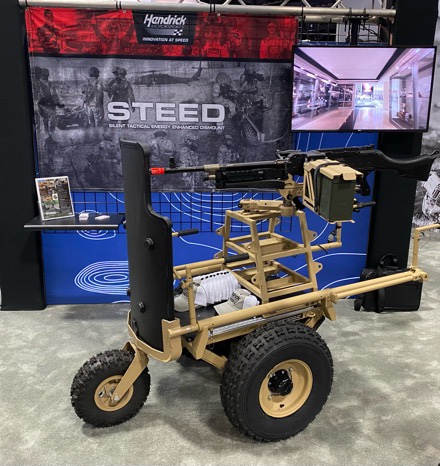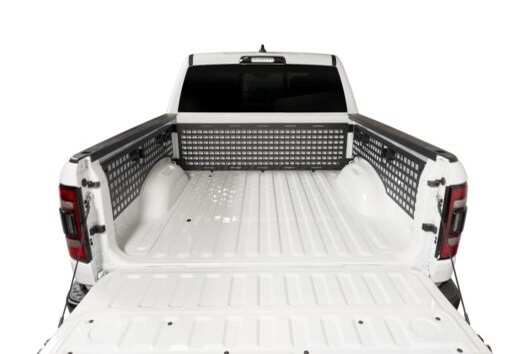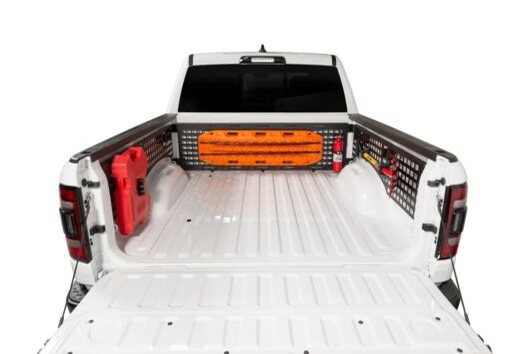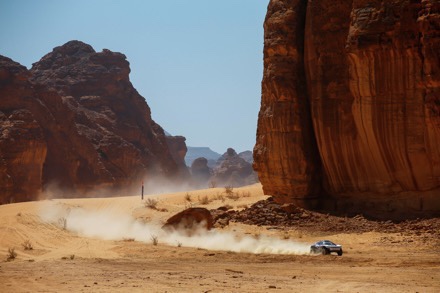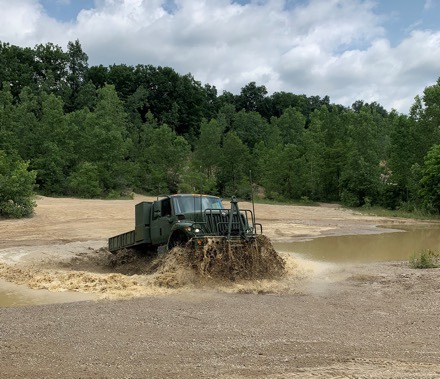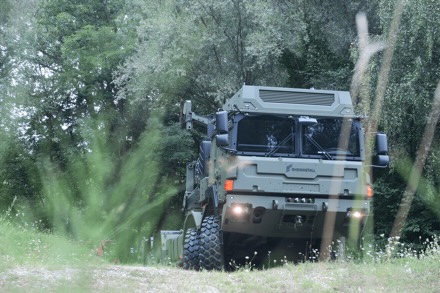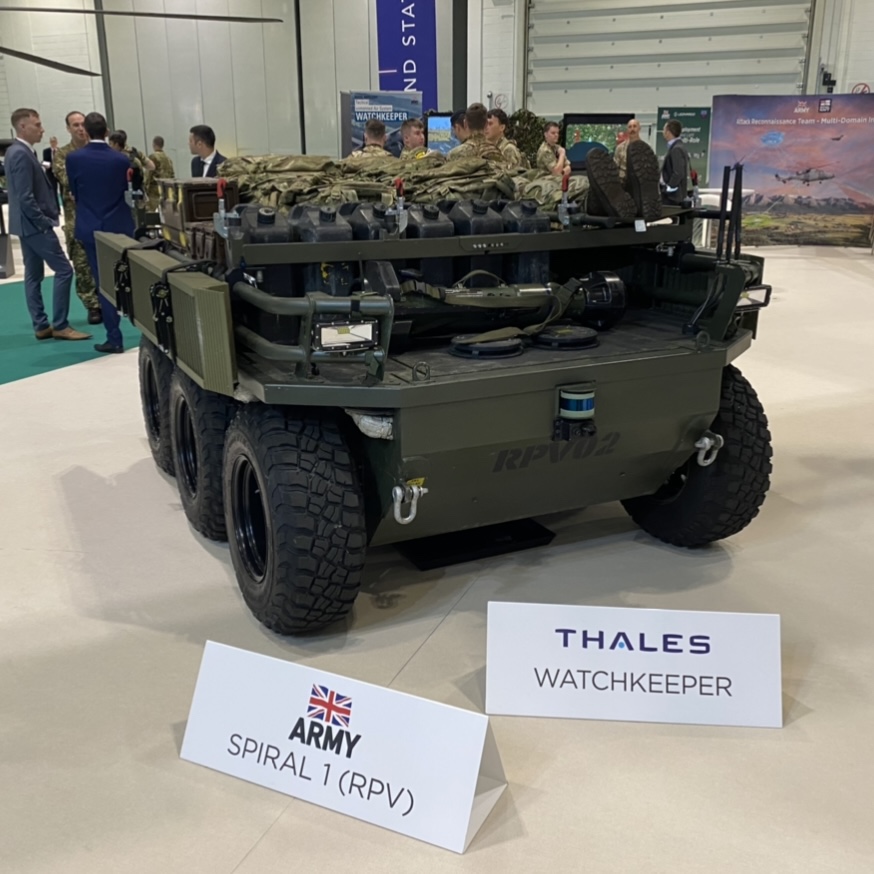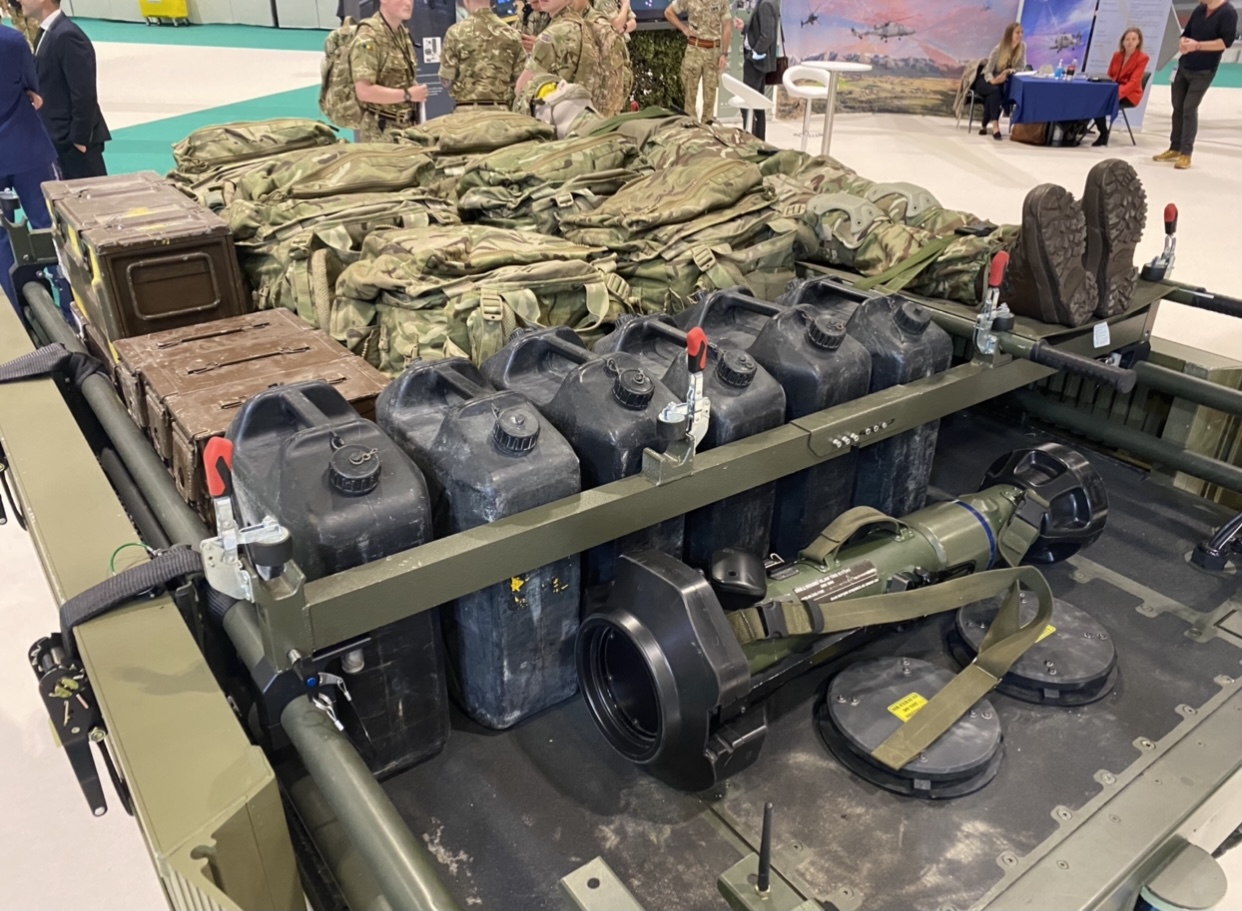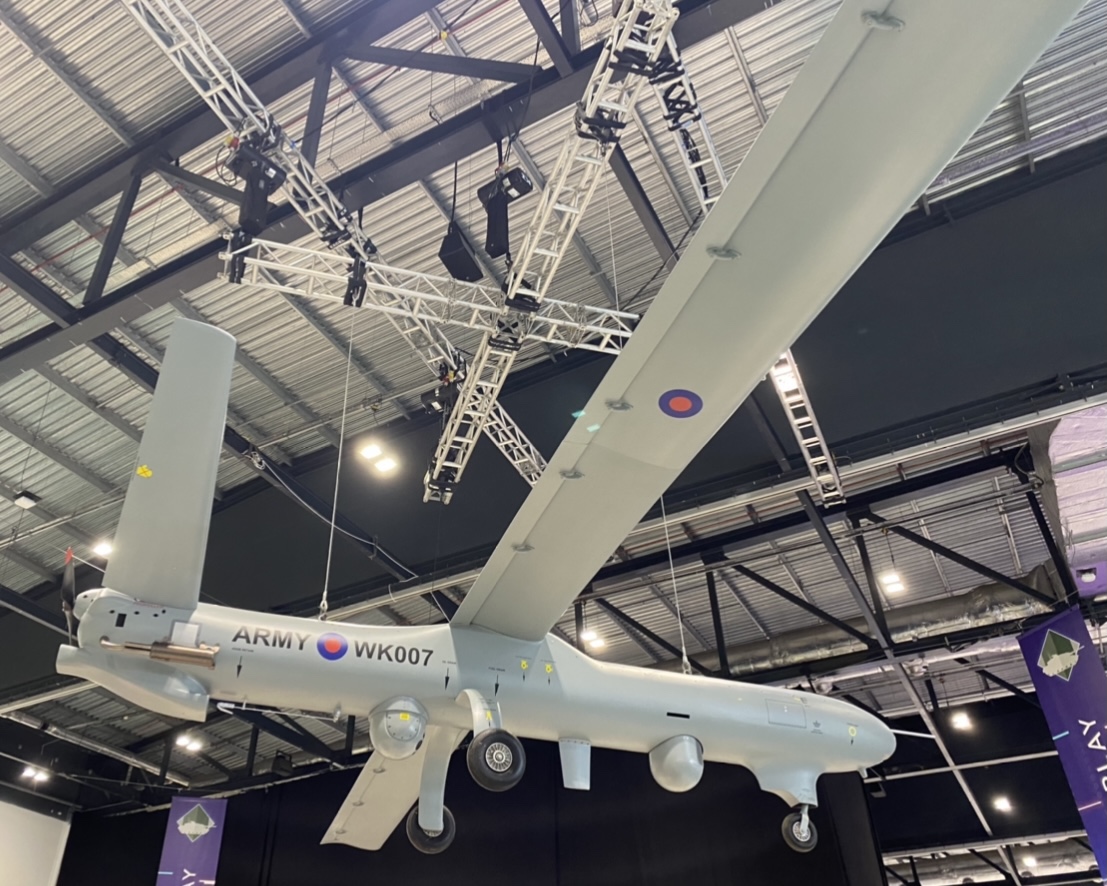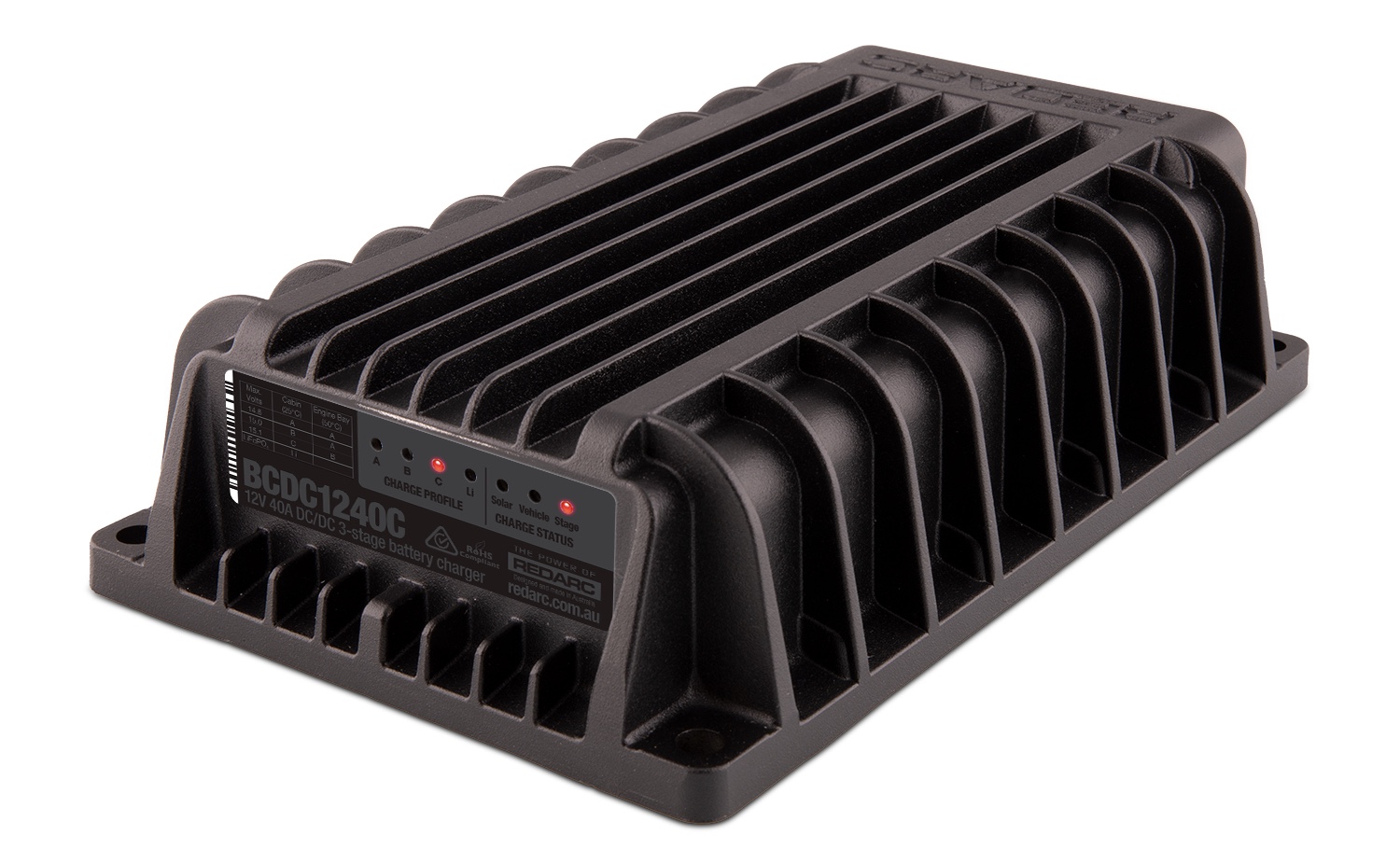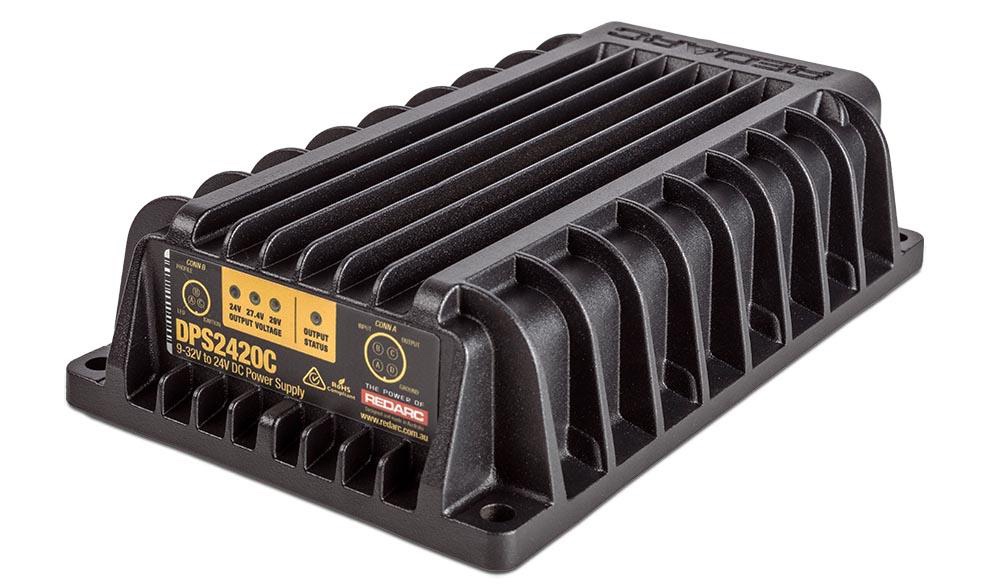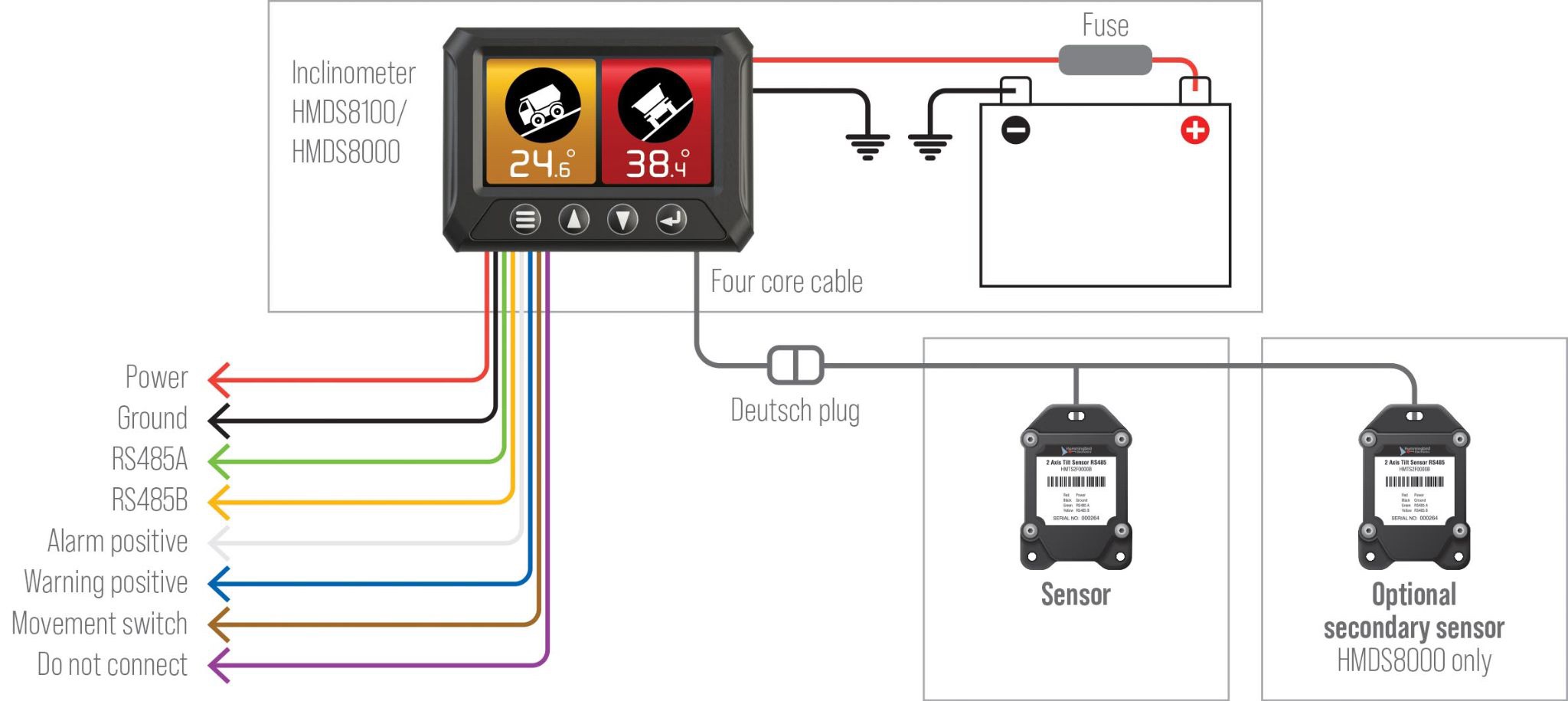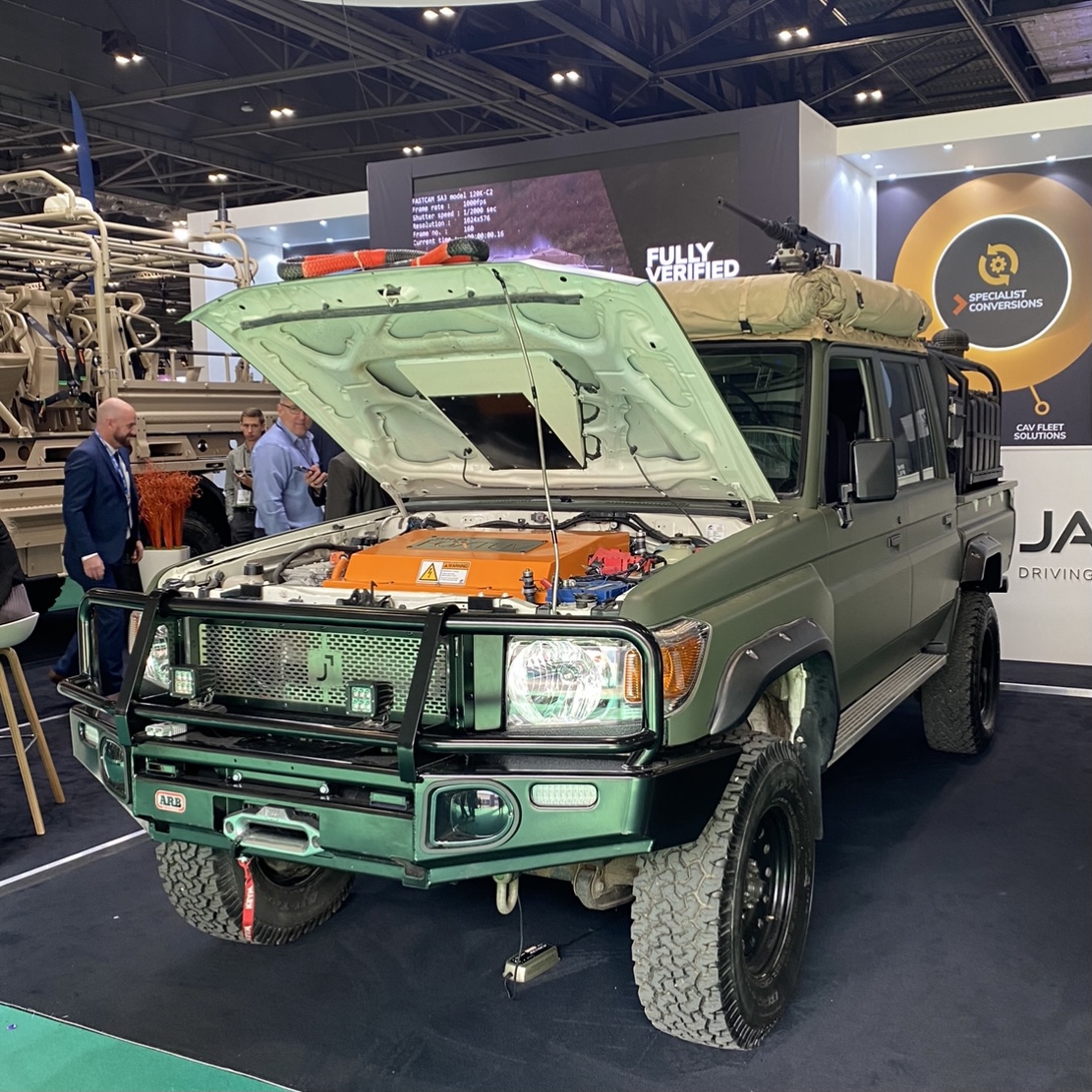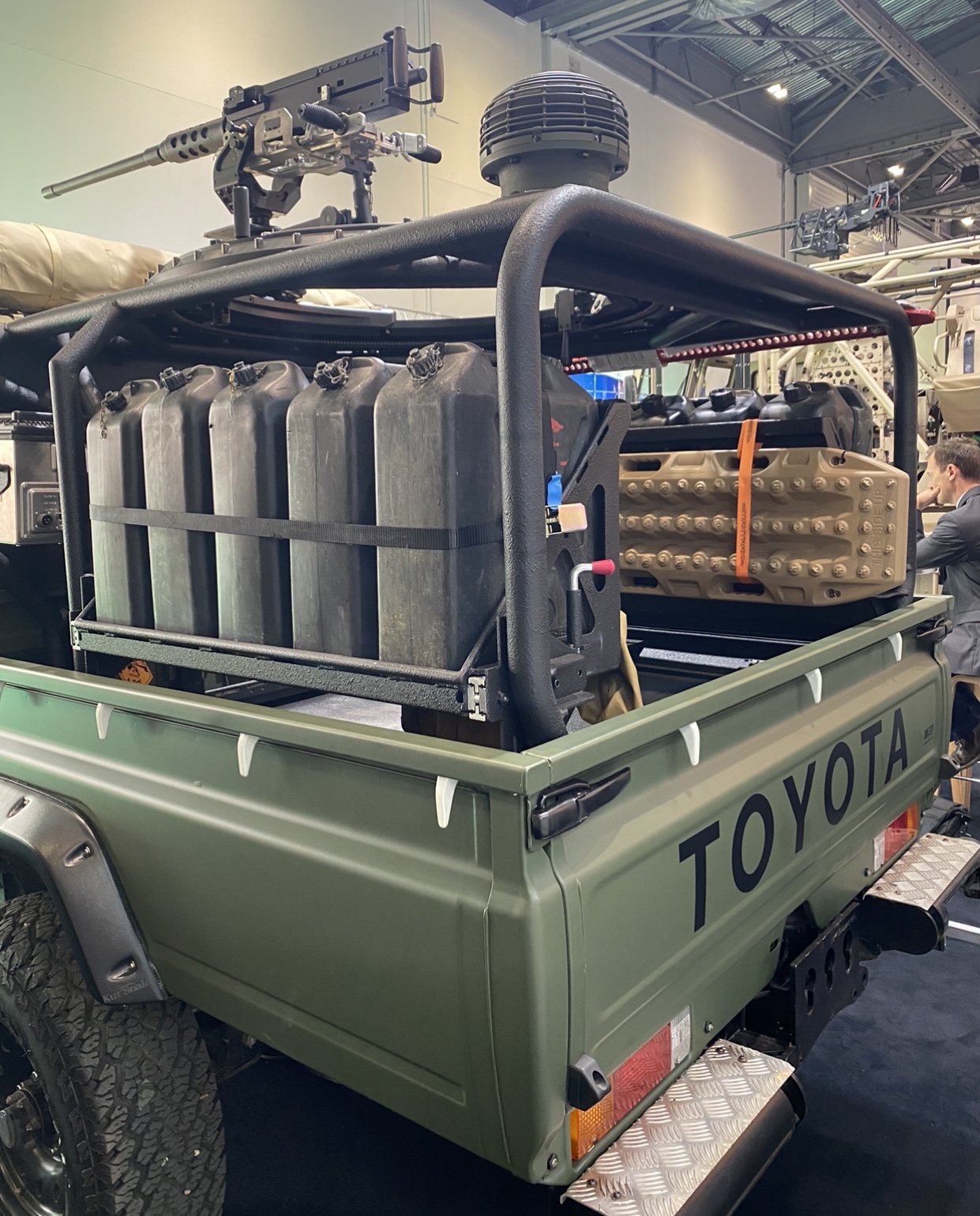The CAKE anti-poaching system, including the specifically engineered Kalk AP off-road bikes and “mobile solar panels-in the field charging power stations”, are now on duty in Africa.
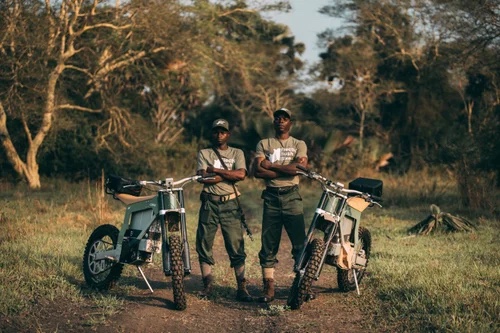
CAKE, the Swedish electric motorbike manufacturer, has successfully delivered the first batch of electric anti-poaching bush bikes to Africa. The quiet and high performance Kalk AP motorbikes were delivered to rangers at the Southern African Wildlife College (SAWC) who are now beginning to use the bikes in their quest to increase the efficiency, to combat poaching.
Background
Poaching has had devastating consequences for wildlife in Africa and is one of the primary reasons that some species face the risk of extinction. Anti-poaching teams have used gas-powered dirt bikes for patrolling because they are considered the fastest and most agile vehicles in the bush. However, these bikes are loud and alert poachers from miles away with the sound of their engines. The next big issue is that fuel is being brought to the field by helicopters or trucks with severe consequences, in terms of pollution.
CAKE Presents a Solution
In collaboration with the Southern African Wildlife College, the team at CAKE developed a bike built for the unique challenges of driving in the African bush and the harsh environments it would encounter. The Kalk AP combines the proven off-road performance ability of the Kalk OR with a lightweight frame, sealed drivetrain, and more robust suspension. And since it’s almost silent it’s easier to move around without alerting poachers.
A mobile solar charging station designed and produced by Goal Zero allows rangers to take the bikes deep into bush and operate far from the confines of both the electrical grid as well as traditional fuel supply lines.“It’s great to see that the first batch of Kalk APs has made it to Africa, ready to change the game when it comes to fighting poaching in the most threatened wildlife areas. With fast, quiet and solar-powered driven bikes, we increase our chances of countering poaching and can truly make an impact in the region. This is only the beginning, we will continue to ship bikes to the SAWC to strengthen their anti-poaching work”, says CAKE’s founder and CEO Stefan Ytterborn.
Progress
It´s a dynamic progress with the rangers of the Southern African Wildlife College using the bikes, sharing the pros and cons for constant design improvements and engine tuning until the bikes are optimized for the specific use.
Even in these early stages as they get acquainted with the new machines, the rangers are lavishly praising the Kalk AP for its substantial advantages to the petrol-driven predecessors.
“The petrol bikes we’ve used previously have all been loud, heavy and expensive to keep running in these areas. The CAKE bikes are quiet, which makes it easier for us to approach poachers undetected. We hope this collaboration will result in more effective anti-poaching in our region and we are really excited to start using the bikes in the wild.” says Mfana Xaba, Anti-poaching Team Leader at the Southern African Wildlife College.
More bikes are on their way. Thanks to CAKE’s buy-one-give-one Limited-Edition Charity Bundle, more bikes will be donated to SAWC to help to save more animals from poaching.
Donation program
To further strengthen the anti-poaching work, CAKE has set up a Limited-Edition Charity Bundle, offering the first 50 customers the option to buy one Kalk AP at a charity price, while donating another Kalk AP to the Southern African Wildlife College. Included in the donation is the solar-powered charging station and solar cells from Goal Zero.
Kalk AP owners will be able to track their bike with continuous updates from the conservation areas, getting updates on the location of the donated bike as well as its performance. CAKE will also receive those notifications and share the ongoing achievements of the Kalk AP testing on regular basis in the newsfeed on the CAKE website. Additionally, CAKE and Goal Zero will donate their profit margins from the sales of the Kalk AP directly to the Southern African Wildlife College, adding financial firepower to the fight against poaching in conservation areas.
To follow and further support the initiative, a line of garments is being introduced aside the bikes, where 5% of net sales will be reinvested to SAWC to accelerate the progress. ridecake.com/en/products/ebb-merch
The Kalk Anti-Poaching Bike
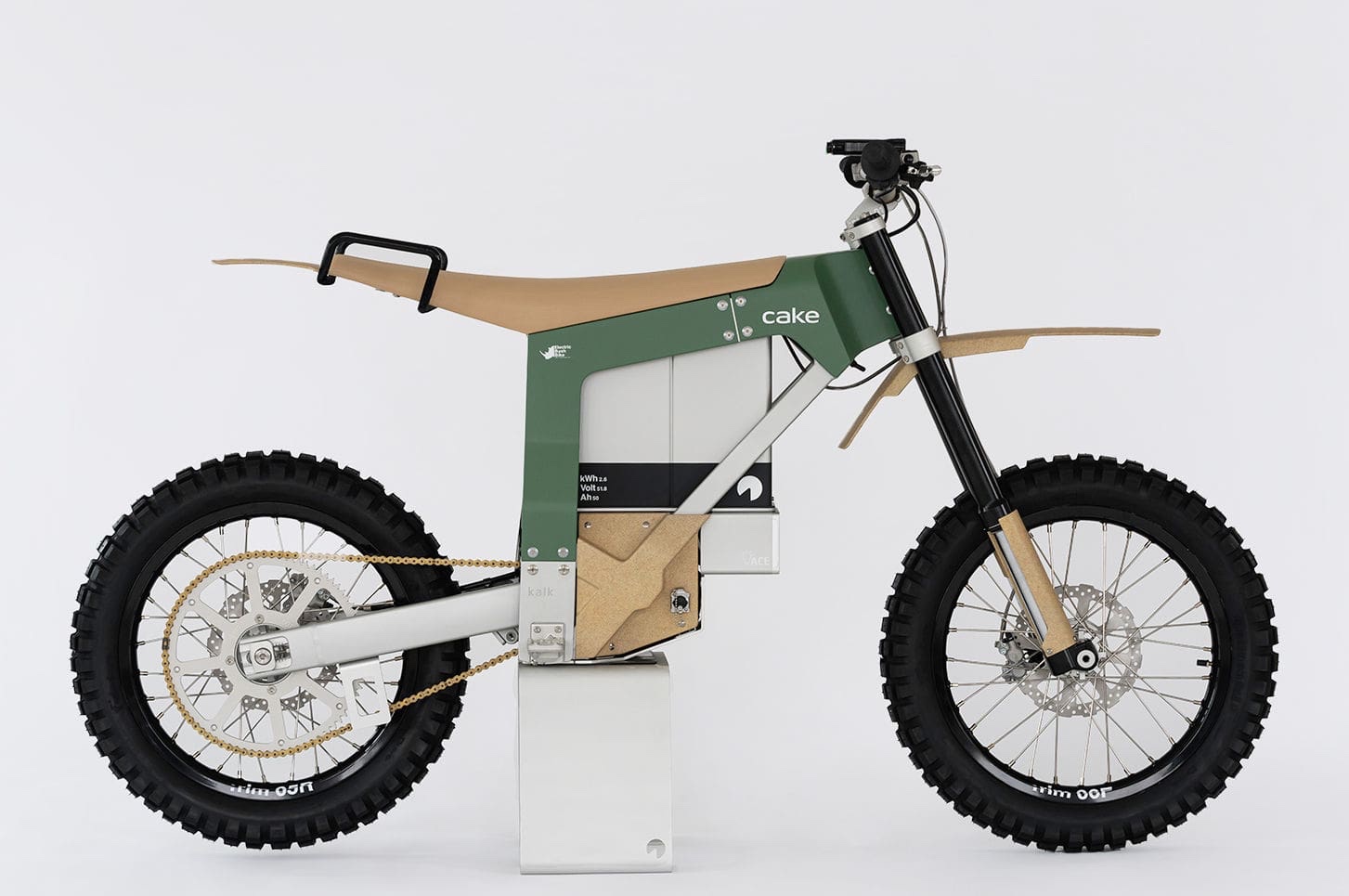
As one of the most powerful bikes in the CAKE catalogue, the Kalk AP is designed specifically for rangers who spend their weeks in the African bush patrolling for poachers and illegal traps. Special features include 18? custom-made off-road tires, a rear carrier to attach arms or medical equipment, and fenders made of natural fiber biocomposite material from Trifilon. The bikes are also outfitted with a powerful headlight from Silva for effective nighttime patrolling. Together with the luggage manufacturer DB, CAKE has developed a first aid kit to be transported on the Kalk AP and used in the field to treat injured animals.
For full specifications of the Kalk AP bike, click here.
To read the full story behind the project, visit: www.ridecake.com/en/antipoaching


